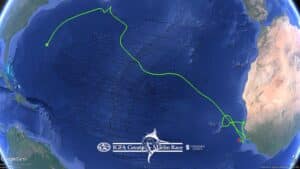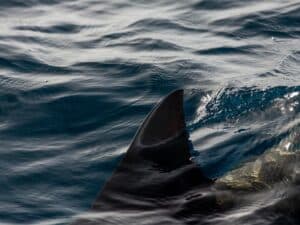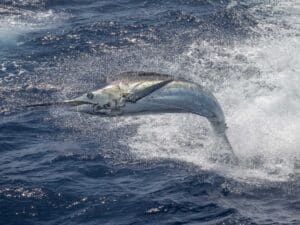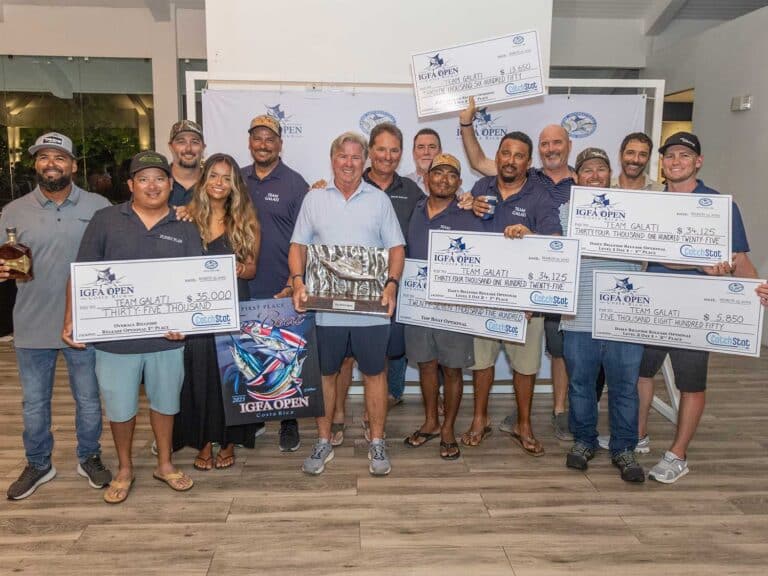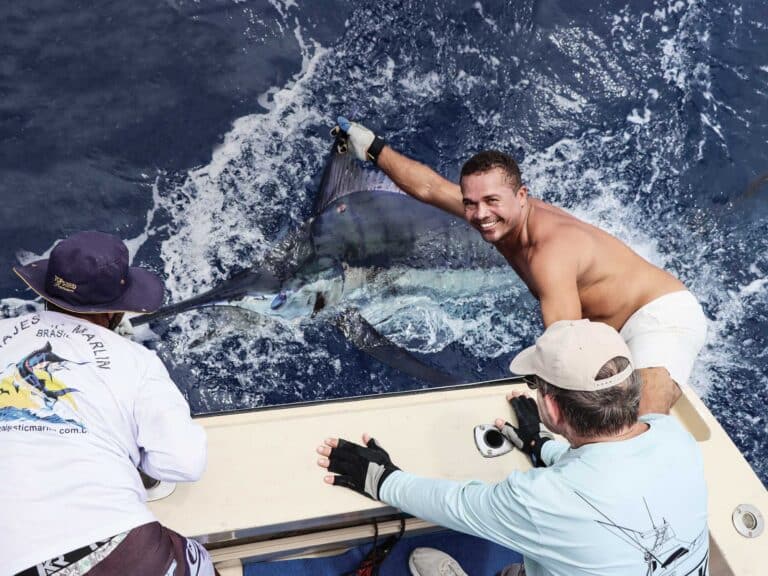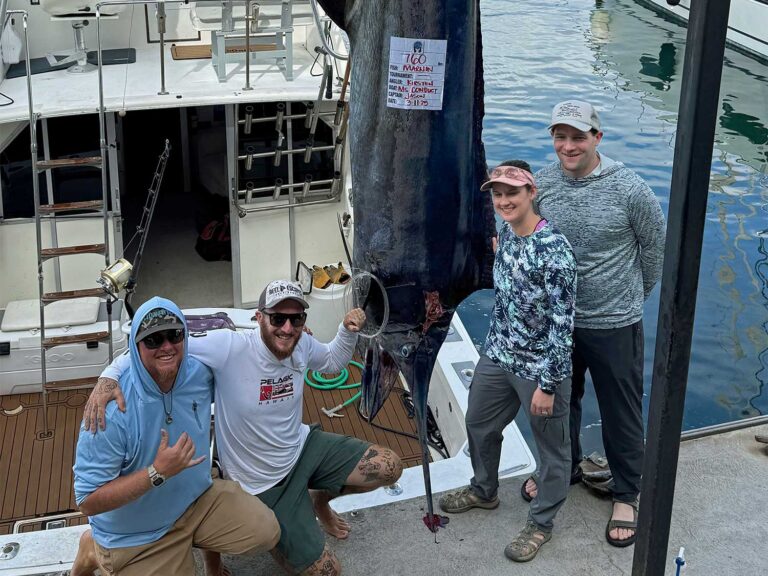
Special delivery: Sign up for the free Marlin email newsletter. Subscribe to Marlin magazine and get a year of highly collectible, keepsake editions – plus access to the digital edition and archives.
The National Oceanic and Atmospheric Administration’s proposed Amendment 15 aims to assess how effective 20-year closures have been in protecting overfished species such as swordfish, marlin and sailfish by reopening the Charleston Bump and East Florida areas to pelagic longline fishing. However, the recreational angling community largely opposes the plan, raising concerns about potential impacts on fish populations and conservation efforts—specifically with the already struggling Atlantic blue marlin. Despite these objections, NOAA appears set to move forward with the reversal. However, as The Billfish Foundation President Ellen Peel explains, there may still be time to halt this proposal.
___________________
Amendment 15 now sits with the Office of Information and Regulatory Affairs (OIRA) and should not be implemented. A Congressional call to the OIRA could halt the proposal’s authorized pelagic longline fishing off Florida and South Carolina, inside waters closed to commercial fishing for over 22 years. A return will almost certainly initiate further declines in Atlantic blue marlin and juvenile swordfish stocks. However, the Trump administration can place a moratorium on the proposed Amendment 15 rule and authorize independent science and legal reviews.
The science behind Amendment 15, a computer model named PRiSM, is used for predictive spatial management and often supported by environmental groups. Rather than including catch data, which is the norm, PRiSM uses environmental and observer data to predict where fish may occur. For reasons unknown, well-trained National Marine Fisheries Service scientists were not assigned to write the amendment; rather, the 600-page amendment was produced by a post-doctoral student working for a government contractor.

In trying to “sell” Amendment 15 as if based on appropriate science, an “expert review” was conducted by NOAA’s Center of Independent Experts, which raised many questions on whether this PRiSM model is ready for management application. The CIE experts were instructed “not to focus on the specific HMS PRiSM methodology,” and instead to “focus on communication and description of the spatial management alternatives that PRiSM generated.” Yet the PRiSM methodology, not communication and descriptions of alternatives, is the crux of the amendment’s problems. PRiSM is not usually used for highly migratory species, as acknowledged in the amendment’s text. Perhaps as another step to try to bolster the PRiSM science methodology, its scientists authored a PRiSM paper published in Marine Biology Journal. But it failed to mention that one of the paper’s authors was a NOAA employee and also an associate editor of the journal, raising questions over potential conflicts of interest.
A legal review is warranted to determine whether the amendment process was arbitrary and capricious because it failed to provide clear notice to the public. Only an individual with a PhD in fish population dynamics could understand most of the amendment’s content, leaving the public uninformed. Informing the public is a basic agency responsibility. Failure to do so should render Amendment 15 not eligible for implementation.
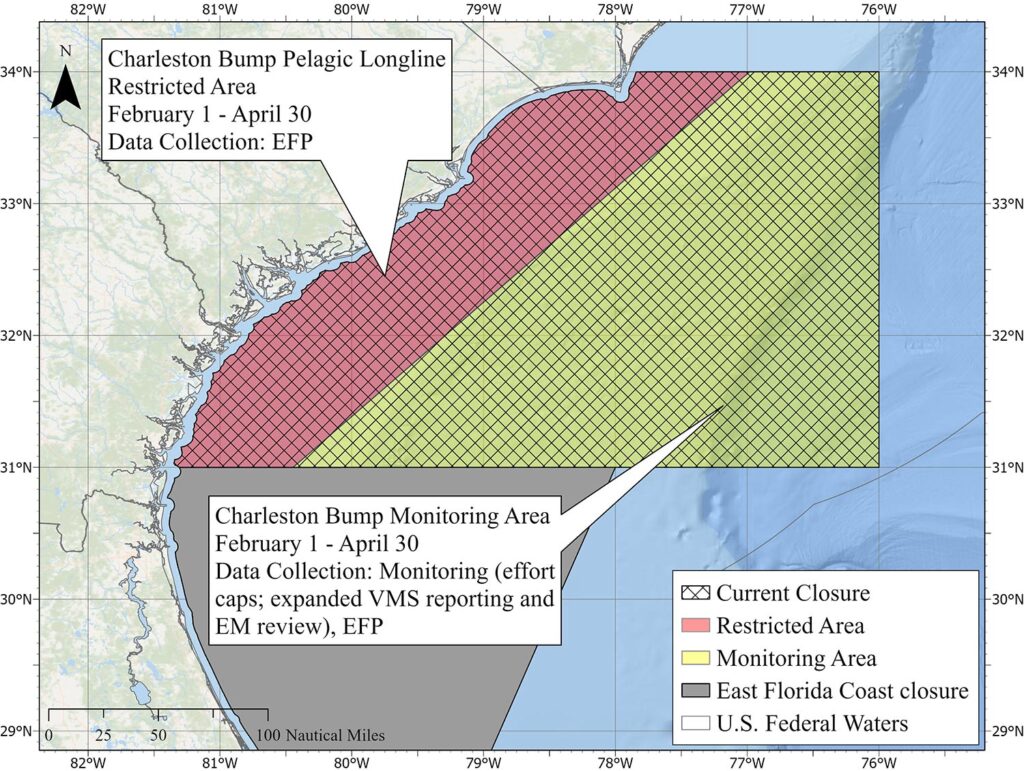
Lastly, three PRiSM alternatives bias the amendment against blue marlin, thus recreational fishing and boating. First, establishing an “all billfish group” rather than an “all blue marlin group” to identify waters restricted to pelagic longline fishing essentially established coastal sailfish as the billfish species upon which protected waters were identified. Second, the drastic reduction in the size of protected waters hurts blue marlin and juvenile swordfish, for they require larger areas than sailfish. Third, a significant increase in authorized pelagic longline sets further exposes blue marlin to harm. The following differences between proposed and decided-upon numbers of longline sets and in the size of protected waters make clear the bias.
Florida’s East Coast:
250 pelagic longline sets authorized versus 124 proposed with a 41 percent reduction in protected waters, January 1-December 31.
Charleston Bump:
380 pelagic longline sets authorized versus 69 sets proposed with a 68 percent reduction in protected waters, February 1-April 30.
We at The Billfish Foundation encourage recreational anglers to contact their senators and express their concerns over the proposed Amendment 15.
